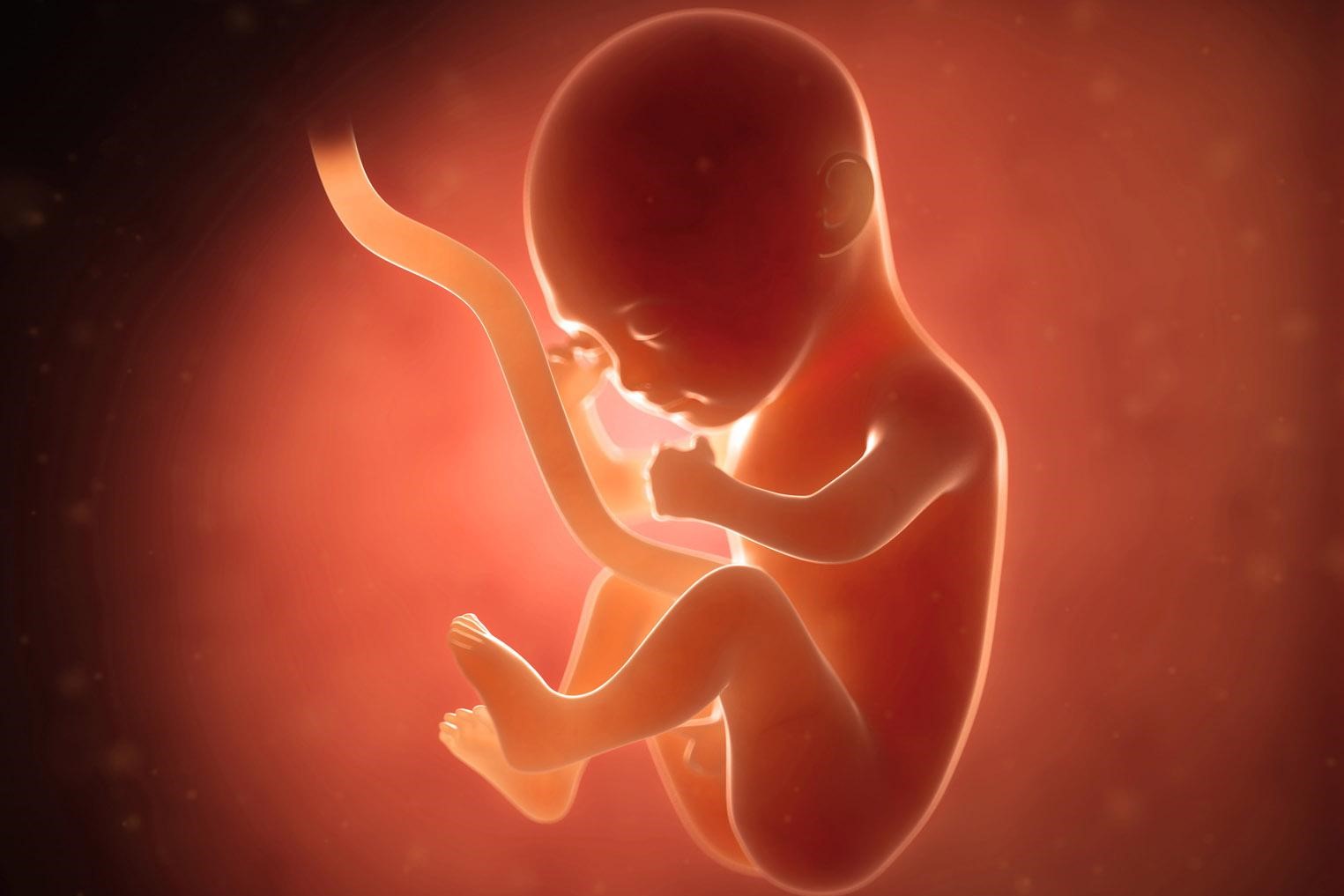
Cantrell's Pentalogy: the heart beats outside the body
Cantrell’s Pentalogy is an often fatal congenital malformation disorder that involves several birth defects in the chest and abdominal area, with the result that the heart may be found just under a person’s skin instead of behind the layers of bone, tissue and muscle
The term ‘penta’ in the name of the condition is derived from the Greek word ‘five’, indicating the five defects that the disorder can include.
However, most children with the condition do not have all 5 defects.
Cantrell’s Pentalogy can include defects
- of the diaphragm (the muscle that separates the thoracic cavity from the abdomen and is involved in breathing);
- of the sternum;
- of the pericardium (the membrane that surrounds the heart);
- of the abdominal wall;
- of the heart.
In the most severe form, people with Cantrell’s pentalogy may be born with the heart completely or partially displaced outside the thoracic cavity (ectopia cordis)
The intestines and abdominal organs may also move partially outside the body through the navel (abdominal hernia).
This condition is very rare and occurs in about 5 out of every 1 million live births.
Affected people who are born with Cantrell’s pentalogy often do not survive very long, in fact, a study conducted in 2008 showed that out of 58 affected babies, 37 (64%) died within days of birth.
In most cases, the condition is fatal unless surgery is performed to repair the defects.
The cause has not yet been identified: although the condition is sporadic in most children, X-linked recessive transmission has been suggested in some families.
In some of these cases, genes located on the X chromosome (Xq25-q26.1) may be involved.
Read Also:
Emergency Live Even More…Live: Download The New Free App Of Your Newspaper For IOS And Android
Sudden Cardiac Death: Causes, Premonitory Symptoms And Treatment
What Is Heart Failure And How Can It Be Recognised?
Survive An OHCA – The American Heart Association: Hands-Only CPR Increases Survival Rate
CPR In Pregnant Women: Complications And Studies
What Is The Difference Between CPR And BLS?
Defibrillator: What It Is, How It Works, Price, Voltage, Manual And External
The Patient’s ECG: How To Read An Electrocardiogram In A Simple Way
Signs And Symptoms Of Sudden Cardiac Arrest: How To Tell If Someone Needs CPR
Inflammations Of The Heart: Myocarditis, Infective Endocarditis And Pericarditis
Quickly Finding – And Treating – The Cause Of A Stroke May Prevent More: New Guidelines
Atrial Fibrillation: Symptoms To Watch Out For
Wolff-Parkinson-White Syndrome: What It Is And How To Treat It
Do You Have Episodes Of Sudden Tachycardia? You May Suffer From Wolff-Parkinson-White Syndrome (WPW)
Transient Tachypnoea Of The Newborn: Overview Of Neonatal Wet Lung Syndrome
Tachycardia: Is There A Risk Of Arrhythmia? What Differences Exist Between The Two?
Bacterial Endocarditis: Prophylaxis In Children And Adults
Erectile Dysfunction And Cardiovascular Problems: What Is The Link?
Ischaemic Heart Disease: What It Is, How To Prevent It And How To Treat It
Ischaemic Heart Disease: Chronic, Definition, Symptoms, Consequences


